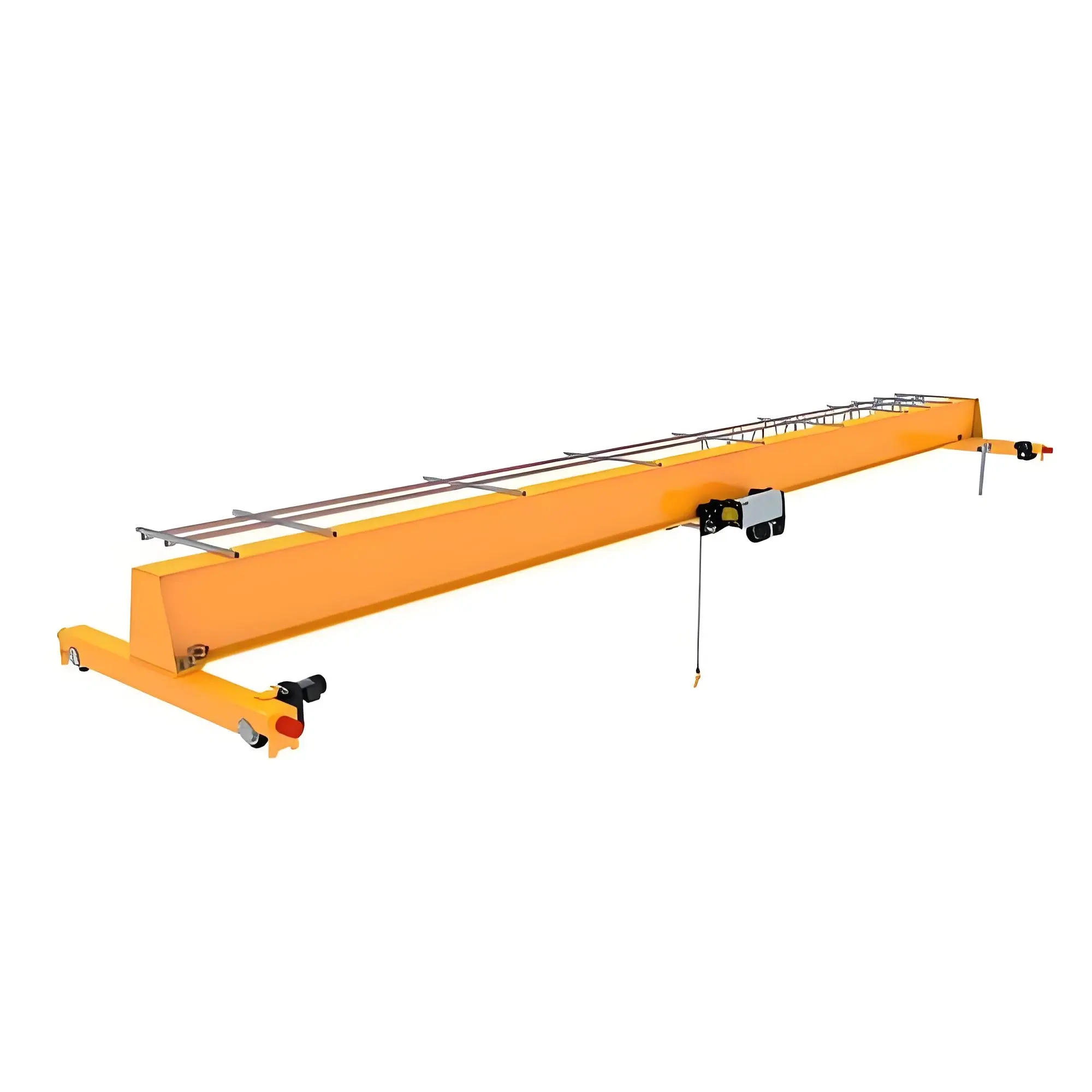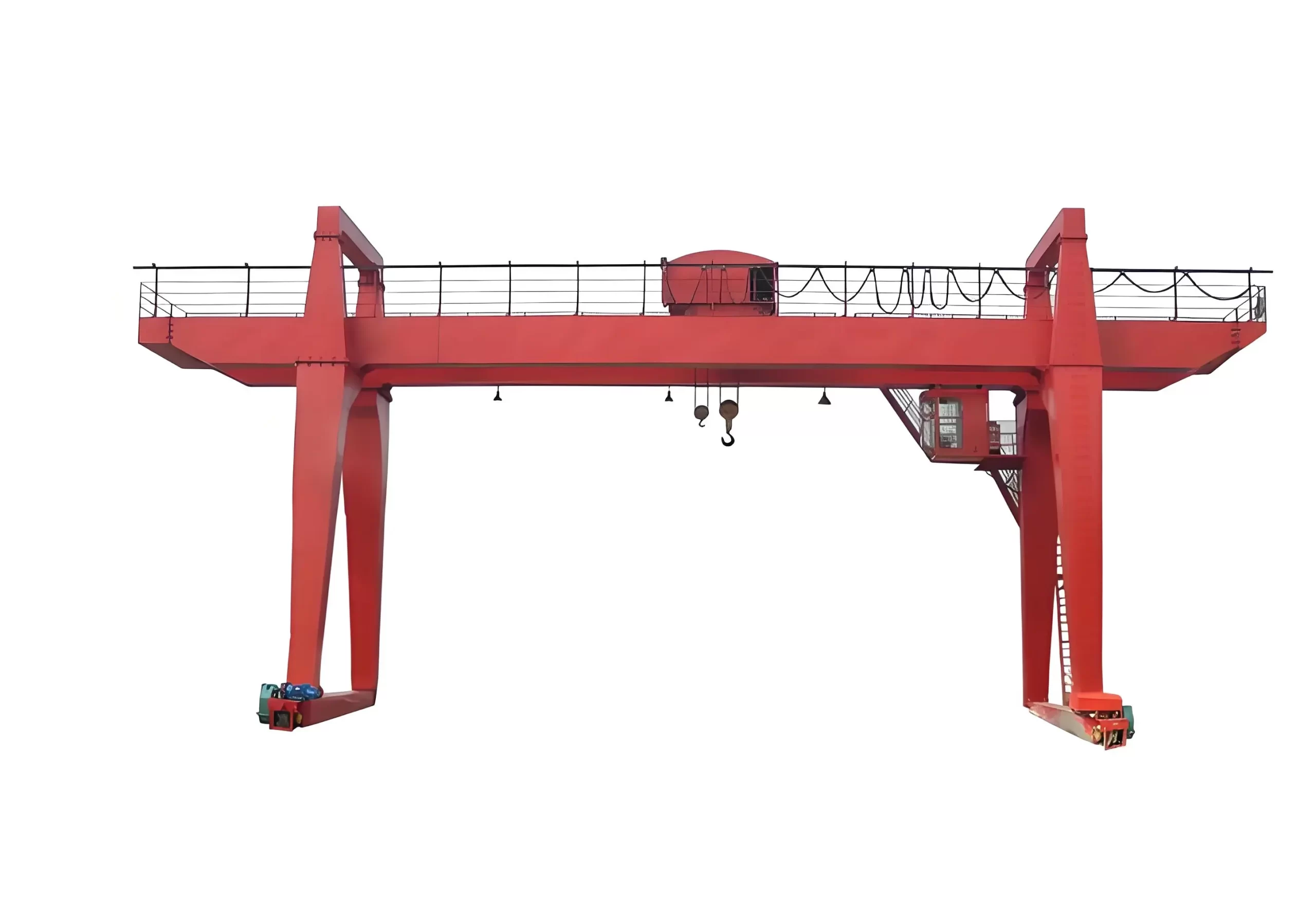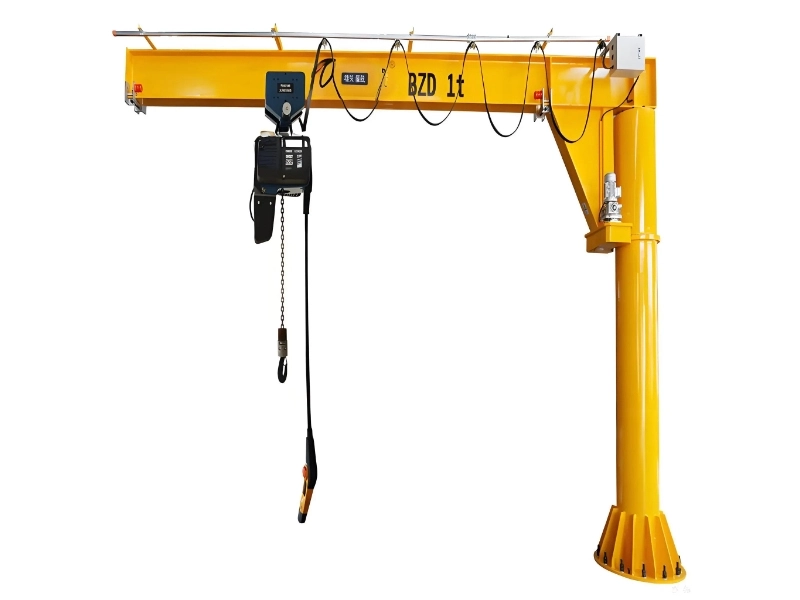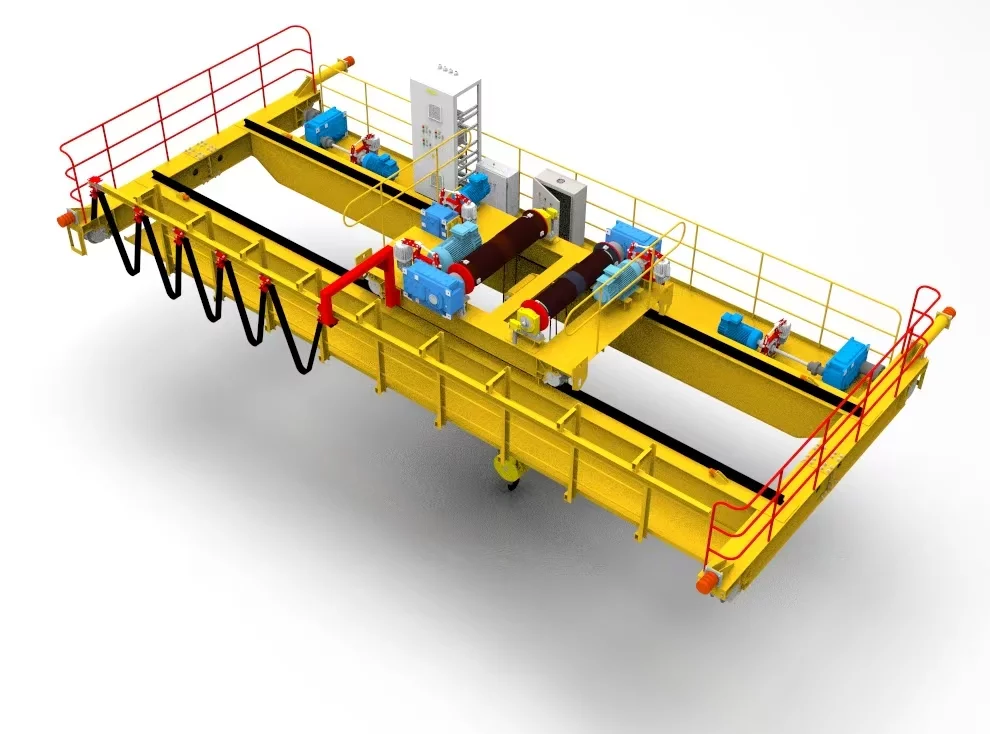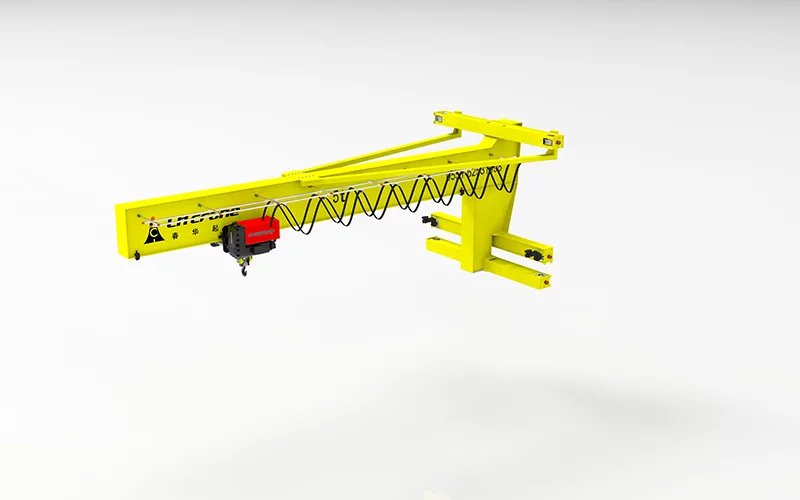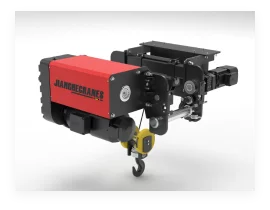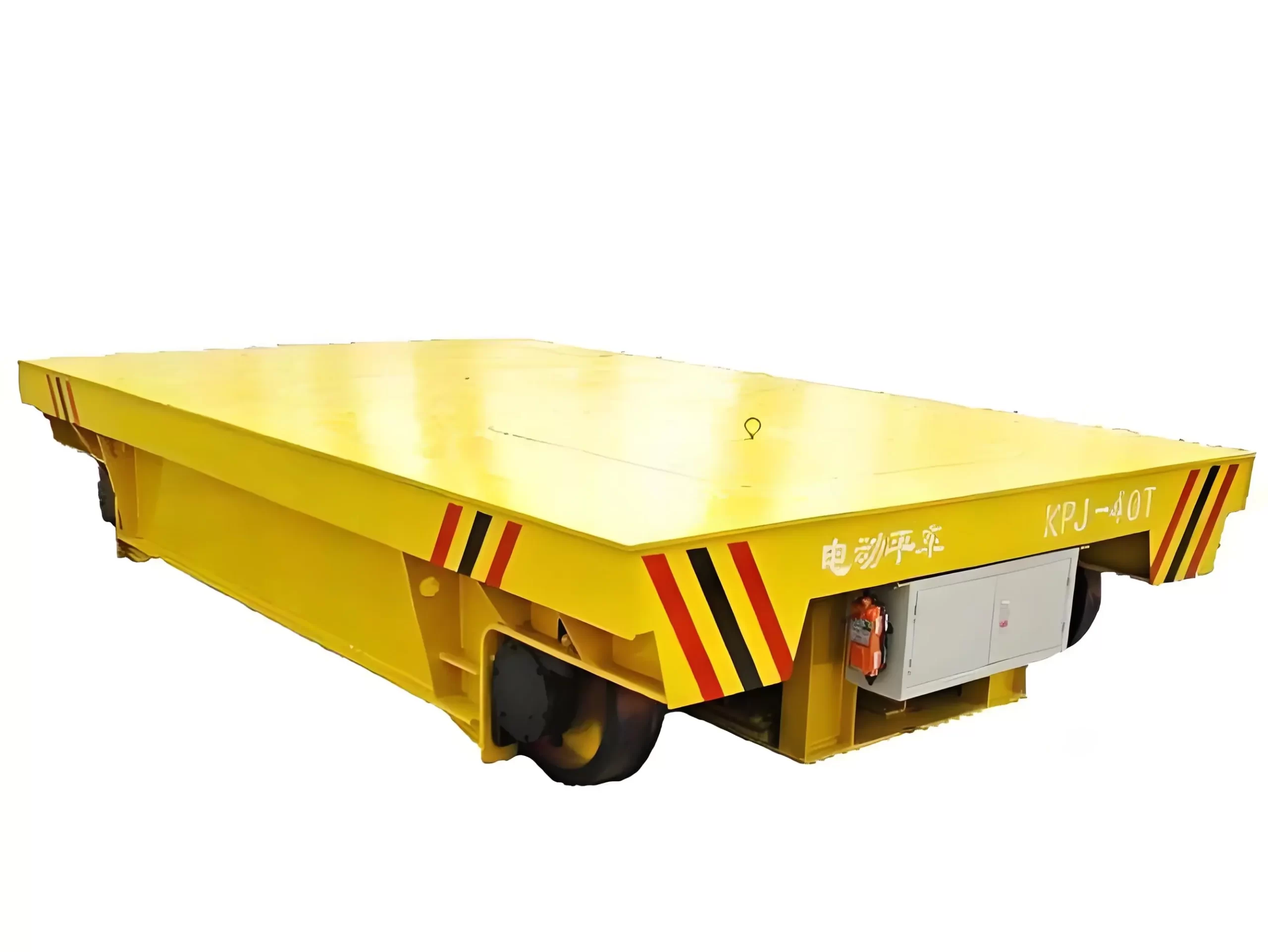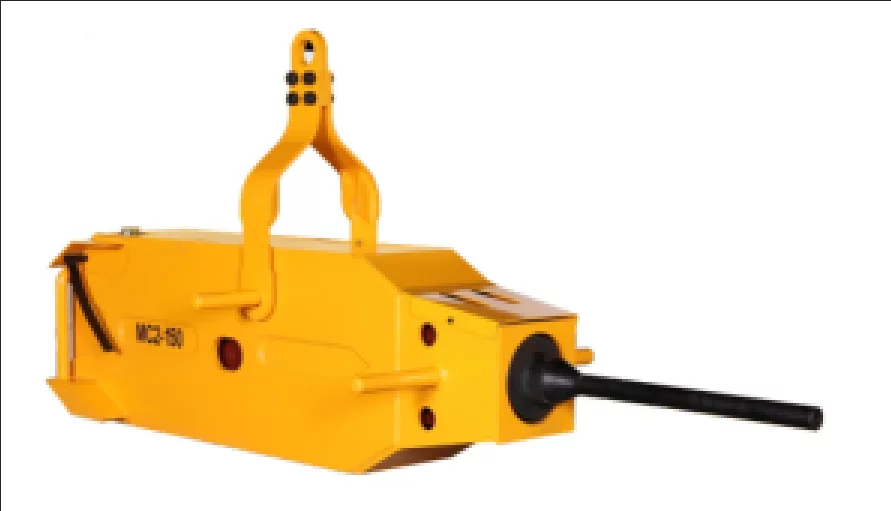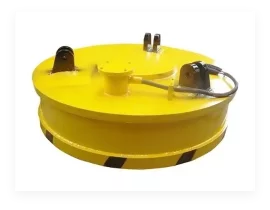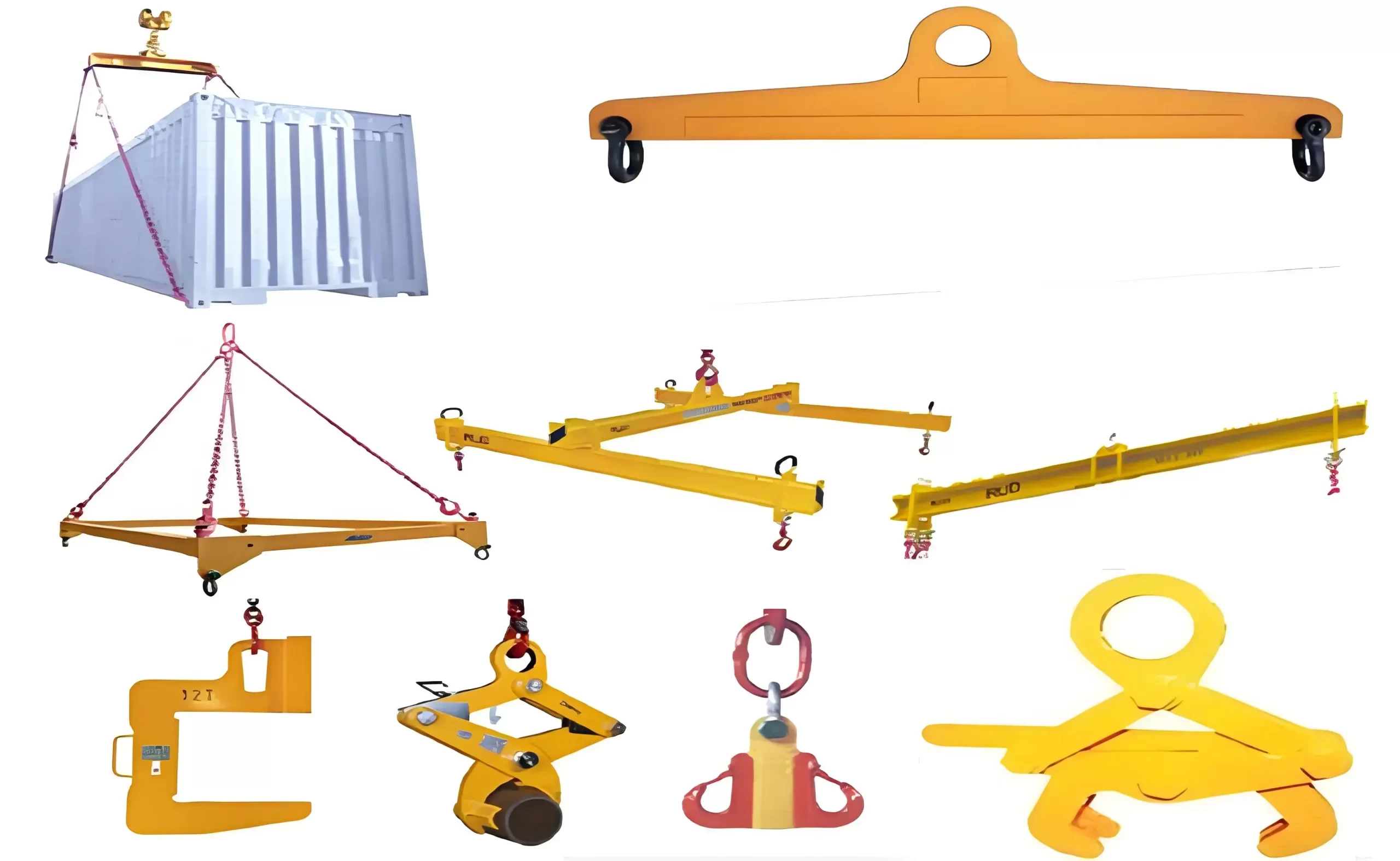There are significant differences in structural design between single-girder cranes and double-girder cranes. According to the description of "Crane Design and Application" (2019 Edition), "A single-girder crane consists of a horizontal main beam and a lifting trolley below. Its support structure is relatively simple and is usually fixed to the ground through columns or brackets." This kind of crane The design makes the single-girder crane suitable for applications with smaller spans and lighter loads, because its load-bearing capacity is limited by the strength and stability of the main girder.
In comparison, a double-girder crane uses two horizontal main girders connected by support frames to form a stronger structure. As Modern Crane Technology (2021 Edition) points out, “The two main girders of a double-girder crane allow it to have greater flexibility in span and load-bearing capacity.” This design not only improves the crane’s stability, It also allows it to work in a wider span environment while supporting heavier loads. This makes double girder cranes particularly suitable for heavy industrial applications such as large manufacturing plants and steel plants.
In terms of lifting height, the structural limitations of a single-girder crane make its lifting height smaller and suitable for low operating environments; while a double-girder crane can provide a larger lifting height and is suitable for occasions that require high-level operations. The document "Industrial Crane User Guide" (2020 Edition) states that "the design of the double-girder crane provides better stability and balance, allowing it to perform well in high loads and complex operating environments."
Single-girder cranes generally have lower maintenance and repair costs because they are simpler in structure and require less manufacturing and installation expenses. Due to its complex structure, double-girder cranes have relatively high manufacturing and installation costs, and maintenance also requires more technical support and costs.
The respective design features and application fields of single-girder cranes and double-girder cranes enable them to show their respective advantages in different operating environments. Choosing the right crane type requires consideration of multiple factors such as load requirements, operating environment and budget to ensure operational efficiency and safety.
| characteristic | Single girder crane | Double girder crane |
| structure | A horizontal main beam + lifting trolley | Two horizontal main beams + support frame |
| Applicable span | smaller | Larger |
| Carrying capacity | lower | higher |
| Lift height | smaller | Larger |
| cost | lower | higher |
| maintain | Simple | complex |
| Application | Light industry, small jobs | Heavy industry, large manufacturing plants, etc |


